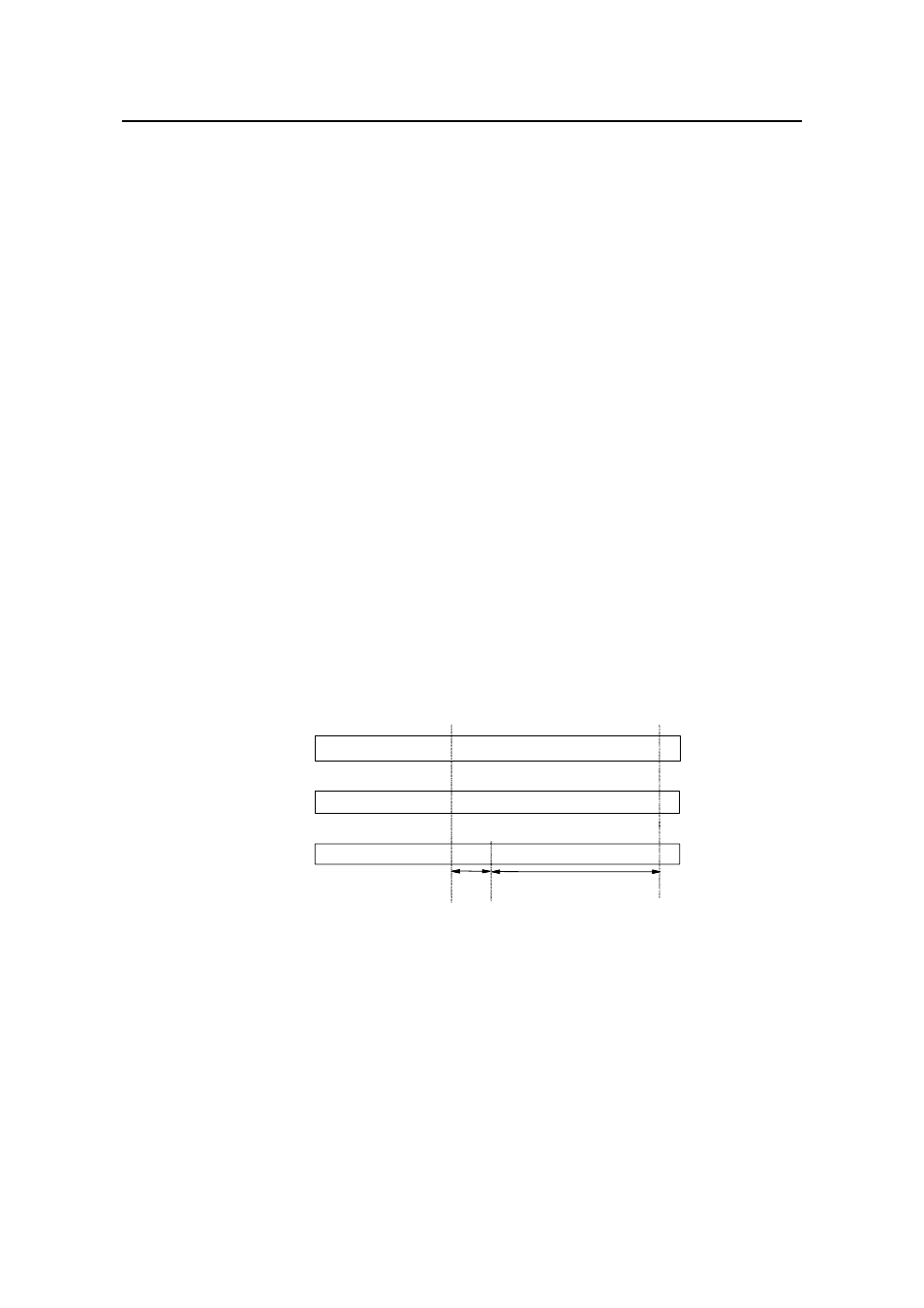2 subnet and mask, 2 configuring an ip address, 2 subnet and mask -3 – H3C Technologies H3C S3100 Series Switches User Manual
Page 106: 2 configuring an ip address -3, Figure 1-2 subnet division of the ip address

Operation Manual – IP Address and Performance Confiugration
H3C S3100-52P Ethernet Switch
Chapter 1 IP Address Configuration
1-3
1.1.2 Subnet and Mask
The traditional IP address classification method wastes IP addresses greatly. In order
to make full use of the available IP addresses, the concepts of mask and subnet were
introduced.
A mask is a 32-bit number corresponding to an IP address. The number consists of 1s
and 0s. These 1s and 0s can be arbitrarily combined in principle. However, a mask is
usually defined as follows: the bits of the network number and subnet number are set to
1, and the bits of the host number are set to 0. The mask divides the IP address into two
parts: subnet address and host address. In an IP address, the part corresponding to the
"1" bits in the mask is the subnet address, and the part corresponding to the remaining
"0" bits in the mask is the host address. If there is no subnet division, the subnet mask
uses the default value. In this case, the length of 1s in the mask is equal to the net-id
length. Therefore, for IP addresses of classes A, B and C, the default values of the
corresponding subnet masks are 255.0.0.0, 255.255.0.0 and 255.255.255.0
respectively.
The mask can be used to divide a Class A network containing more than 16,000,000
hosts or a Class B network containing more than 60,000 hosts into multiple small
networks. Each small network is called a subnet. For example, for the Class B network
address 138.38.0.0, the mask 255.255.224.0 can be used to divide the network into
eight subnets: 138.38.0.0, 138.38.32.0, 138.38.64.0, 138.38.96.0, 138.38.128.0,
138.38.160.0, 138.38.192.0 and 138.38.224.0 (see Figure 1-2). Each subnet can
contain more than 8000 hosts.
10001010, 00100110, 000 00000, 0000
ClassB
138.38.0.0
Subnet mask
255.255.224.0
0000
11111111, 11111111, 111 00000, 00000000
11111111, 11111111, 000 00000, 0000
Standard
mask
255.255.0.0
Subnet address:
0000
000
Subnet address: 138.38. 0. 0
001
Subnet address: 138.38. 32. 0
010
Subnet address: 138.38. 64. 0
011
Subnet address: 138.38. 96. 0
100
Subnet address: 138.38.128. 0
101
Subnet address: 138.38.160. 0
110
Subnet address: 138.38.192. 0
111
Subnet address: 138.38.224. 0
Subnet
number
Host
num
ber
Subnet address:
10001010, 00100110, 000 00000, 0000
ClassB
138.38.0.0
Subnet mask
255.255.224.0
0000
11111111, 11111111, 111 00000, 00000000
11111111, 11111111, 000 00000, 0000
Standard
mask
255.255.0.0
Subnet address:
0000
000
Subnet address: 138.38. 0. 0
001
Subnet address: 138.38. 32. 0
010
Subnet address: 138.38. 64. 0
011
Subnet address: 138.38. 96. 0
100
Subnet address: 138.38.128. 0
101
Subnet address: 138.38.160. 0
110
Subnet address: 138.38.192. 0
111
Subnet address: 138.38.224. 0
Subnet
number
Host
num
ber
Subnet address:
Figure 1-2
Subnet division of the IP address
1.2 Configuring an IP Address
For a VLAN interface, an IP address can be obtained in one of the three ways:
